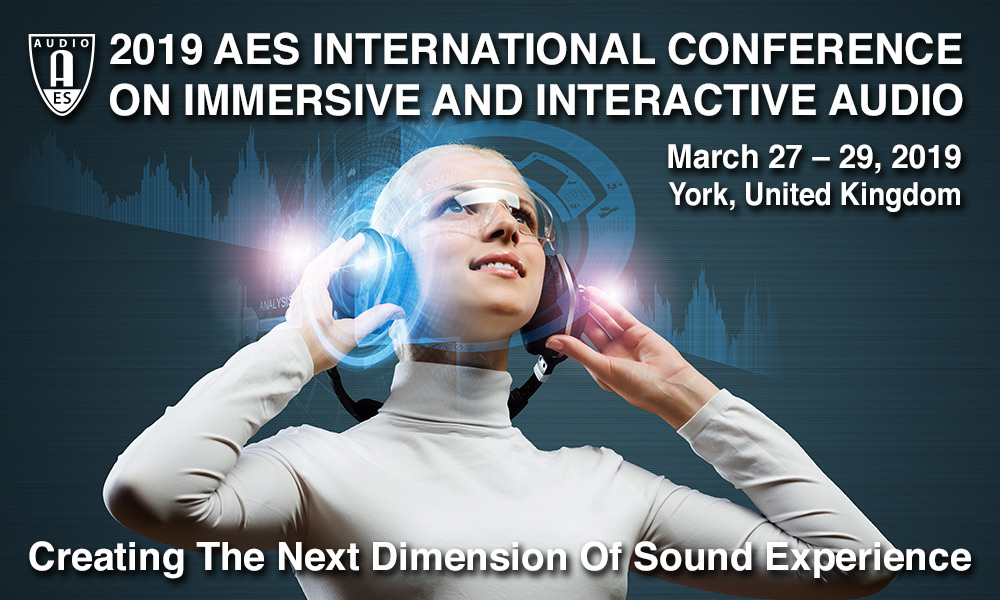| Home | Call for Contributions | Program | Registration | Venue & Facilities | Accessibility & Inclusivity | Travel | Sponsors | Committee | Twitter |

Chair: Rebecca Stewart
Virtual reality is increasingly used throughout performance research, offering an exciting opportunity to access experiences which people may otherwise be unable to participate in. This project extends an existing VR singing performance tool, placing it in an outdoor context, introducing significant challenges for audiovisual data collection. A choral performance in the Lake District was captured using immersive recording technologies, and turned into a VR experience, allowing members of the public to join the choir through singing. Initial feedback indicates that users responded well to the experience, feeling immersed in the performance and not inhibited by the VR equipment. This work highlights the positive impact of VR as a tool to increase accessibility to remote places and unique experiences.
http://www.aes.org/e-lib/browse.cfm?elib=20447
This study has investigated to what extent and how trained singers adapt to the room acoustic conditions in physical and in virtual acoustic environments. Two musical pieces were recorded for four singers in eight different performance venues by means of a near-field microphone. The first experiment was replicated in the anechoic chamber, using an interactive auralization provided by dynamic binaural synthesis of the same performances venues. The 128 recordings were analyzed in terms of audio features related to tempo, loudness, and timbre. Their interrelation with room acoustical parameters was analysed by linear regression. The results show individual patterns of adaptation although similar interactions between room acoustics and musical performance could be observed in the physical and virtual environment.
http://www.aes.org/e-lib/browse.cfm?elib=20448
